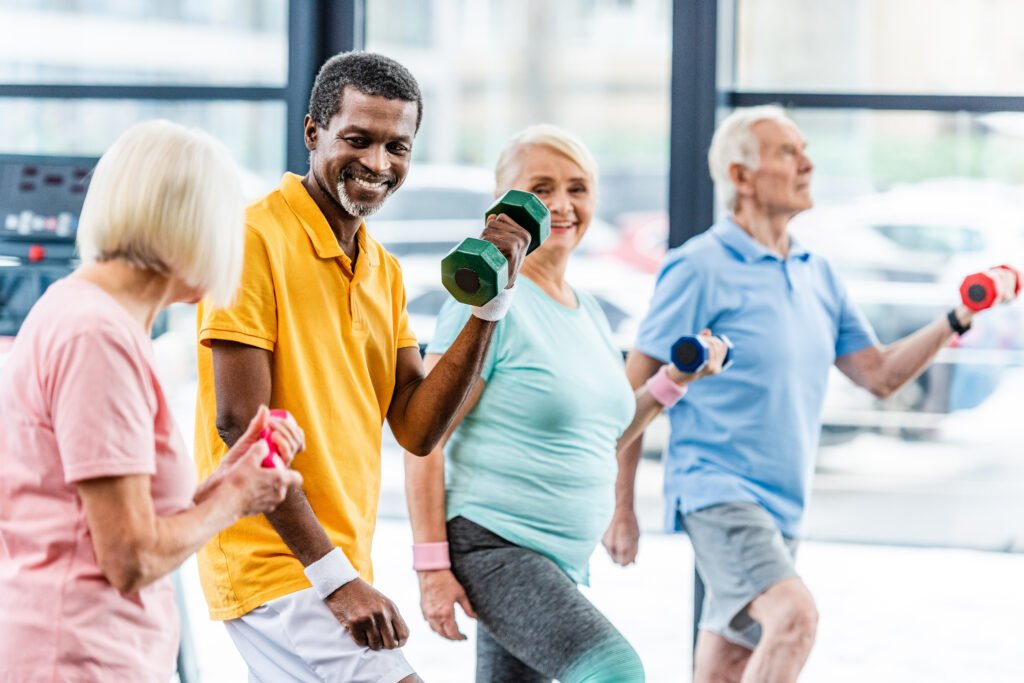As people age, personal safety can become a growing concern. Seniors are often perceived as easy targets by criminals due to reduced mobility or physical strength. However, with the right mindset, tools, and techniques, older adults can maintain their independence and feel more secure in their daily lives. This article explores effective self-defense strategies and tools tailored for seniors, ensuring safety without the need for extensive physical strength or rigorous training.

The first step in self-defense is cultivating situational awareness. Being aware of your surroundings can prevent many dangerous situations before they escalate. Pay attention to the people and environment around you, especially in unfamiliar areas. Avoid distractions such as using your phone while walking, and trust your instincts if something feels off. Seniors can also benefit from learning to identify potential threats and safe escape routes in case of danger.
Maintaining good physical health is another critical aspect of self-defense for seniors. Regular exercise can improve mobility, balance, and overall fitness, reducing the risk of falls and enabling quicker reactions during emergencies. Activities like yoga, tai chi, and water aerobics are excellent options for building strength and flexibility without straining the body. Seniors with limited mobility can explore chair-based exercises to stay active.
Self-defense training tailored for seniors is an empowering way to build confidence and skills. Many community centers and martial arts studios offer classes specifically designed for older adults. These classes focus on simple, effective techniques that require minimal physical effort but can incapacitate an attacker. For example, targeting vulnerable areas like the eyes, throat, or knees can be highly effective, even for someone with limited strength.
In addition to physical techniques, verbal self-defense is a valuable skill. Learning how to assertively communicate can deter potential threats. A firm, confident tone and clear instructions, such as “Stop!” or “Leave me alone!” can often discourage an attacker from proceeding. Practicing these verbal strategies in a safe environment can help seniors feel more prepared in real-world situations.
Carrying self-defense tools is another practical way to enhance personal safety. Many tools are lightweight, easy to use, and designed with seniors in mind. Personal alarms, for instance, emit a loud noise when activated, drawing attention to the situation and potentially scaring off an attacker. These alarms are small enough to attach to a keychain or carry in a pocket, making them convenient for everyday use.
Pepper spray is another effective self-defense tool. It is compact, affordable, and easy to operate. A quick spray can temporarily incapacitate an attacker, giving the user enough time to escape. However, it’s essential to understand the local laws regarding pepper spray and to practice using it to ensure effectiveness during an emergency.
Walking canes are a versatile self-defense tool for seniors. Many seniors already use canes for mobility, and with the proper training, they can be transformed into a powerful means of defense. Cane self-defense classes teach how to use a cane to block attacks, create distance, and strike vulnerable areas of an assailant. The best part is that canes are non-threatening and unlikely to raise suspicion, making them an excellent everyday carry item.
Stun guns and Tasers are other options for seniors who want a more robust self-defense tool. These devices deliver an electric shock that can incapacitate an attacker. While effective, they require close contact, so seniors should assess their comfort level and ability to use them confidently. As with pepper spray, it’s crucial to check local regulations regarding the possession and use of these devices.
Seniors can also take advantage of modern technology to enhance their safety. Smartphone apps like Noonlight and SafeTrek allow users to notify emergency services with a single touch. GPS tracking devices can provide peace of mind for seniors and their families, especially for those who may have memory or cognitive issues. These devices can help locate a senior quickly in case of an emergency.
Home security is another critical aspect of personal safety for seniors. Installing motion-sensor lights, security cameras, and sturdy locks can deter potential intruders. Seniors should also establish a safety routine, such as locking doors and windows before bedtime and avoiding opening the door to strangers. For those living alone, joining a neighborhood watch group can provide additional support and security.
Travel safety is equally important for seniors. When walking outside, stay in well-lit, populated areas and avoid shortcuts through alleys or secluded paths. If possible, travel with a companion, especially at night. Seniors who drive should ensure their vehicle is well-maintained and keep an emergency kit with items like a flashlight, jumper cables, and a phone charger in the car.
Building a support network is a crucial element of personal safety for seniors. Having trusted friends, neighbors, or family members to call in case of an emergency can make a significant difference. Regular communication with loved ones also ensures someone is aware of your whereabouts and can act quickly if something goes wrong.
Ultimately, self-defense for seniors is about preparation, confidence, and knowing your limits. By staying physically active, learning practical techniques, and equipping yourself with the right tools, you can maintain your independence and feel secure in your daily life. Empowering yourself with these skills not only enhances safety but also contributes to a more fulfilling and confident lifestyle. Stay safe and prepared to enjoy all the moments that make life special.